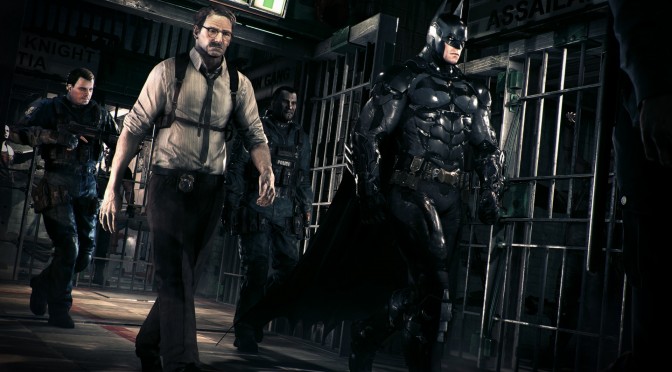The major performance patch for Batman: Arkham Knight has just been released. While SLI and Crossfire are still not working properly, we decided to give this game a go. And, to be honest, we were really shocked with the game’s new graphics options/suggestions. According to its VRAM indicator, a GPU with at least 3GB of VRAM is required for Normal and High Textures. Enabling these textures on our GTX690 brought massive amounts of stuttering. Therefore, we decided to capture some screenshots and compare the game’s Low and High textures.
While there is a subtle difference between the game’s Low and High textures, we are really puzzled as to why 2GB of VRAM are not enough for them. For comparison purposes, other open-world titles – like GTA V, The Witcher 3: Wild Hunt, Mad Max and Metal Gear Solid V: The Phantom Pain – feature more impressive textures that require less than 3GB of VRAM.
Perhaps Unreal Engine 3 starts showing its age however we do have to note that The Vanishing of Ethan Carter, a game originally powered by Epic’s Unreal Engine 3, featured impressive textures thanks to its photogrammetry technique that required less than 2GB of VRAM.
Currently Reshade/SweetFX crashes the game. However, and once that is resolved, it will be interesting to see whether Low textures with Reshade can match these High textures.
But anyway, High textures are on the left whereas Low textures are on the right.
For what is worth, our PC Performance Analysis for Batman: Arkham Knight is delayed until the next update hits Steam.

John is the founder and Editor in Chief at DSOGaming. He is a PC gaming fan and highly supports the modding and indie communities. Before creating DSOGaming, John worked on numerous gaming websites. While he is a die-hard PC gamer, his gaming roots can be found on consoles. John loved – and still does – the 16-bit consoles, and considers SNES to be one of the best consoles. Still, the PC platform won him over consoles. That was mainly due to 3DFX and its iconic dedicated 3D accelerator graphics card, Voodoo 2. John has also written a higher degree thesis on the “The Evolution of PC graphics cards.”
Contact: Email













